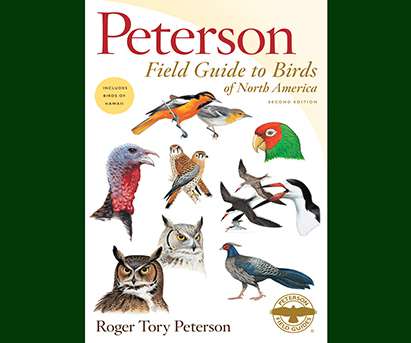Falcon Wild by Terry Lynn Johnson
10,000 Birds
MAY 26, 2017
Falcon Wild is a new book in that long tradition, and this one features a more realistic (though still very slightly romanticized) portrait of a human/animal partnership. An aspect of Falcon Wild that really sets it apart from the books I mentioned in my first paragraph is that Karma is sometimes alone, but never unconnected from society.












Let's personalize your content